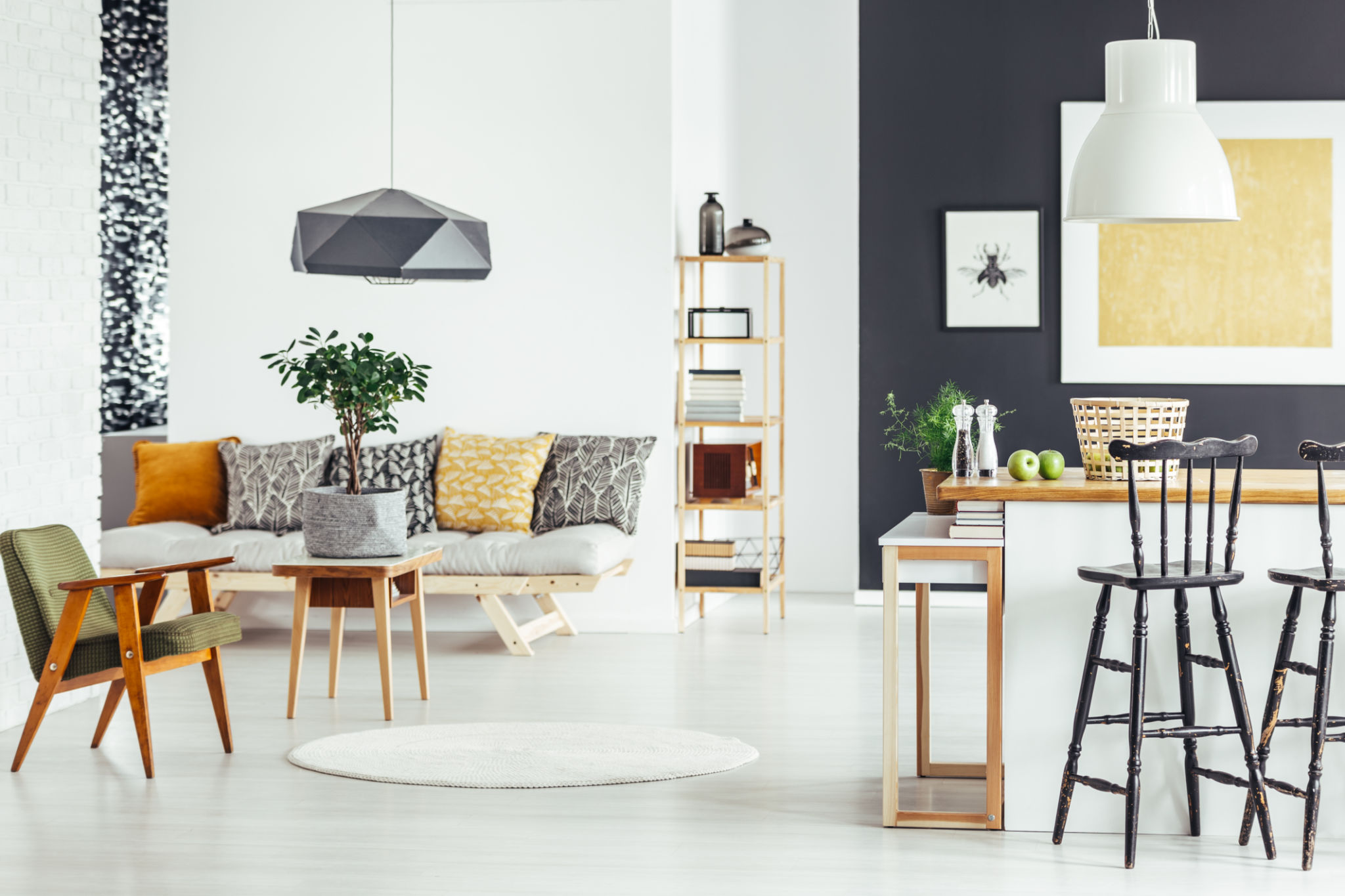Top Sustainable Home Design Trends in Malaysia
Embracing Eco-Friendly Materials
One of the most significant trends in sustainable home design in Malaysia is the use of eco-friendly materials. Many homeowners are opting for materials that have a lower environmental impact, such as bamboo, reclaimed wood, and recycled metal. These materials not only reduce waste but also add a unique aesthetic to the home.
Bamboo is particularly popular due to its rapid growth and minimal impact on the environment. It is a versatile material that can be used for flooring, furniture, and even walls. Reclaimed wood, on the other hand, brings a rustic charm to any space while promoting sustainability by repurposing old materials.

Energy-Efficient Designs
Energy efficiency is at the forefront of sustainable home design. Malaysian homeowners are increasingly incorporating energy-efficient solutions such as solar panels, LED lighting, and energy-saving appliances. These not only reduce electricity bills but also contribute to a smaller carbon footprint.
Solar panels are an excellent way to harness the abundant sunlight in Malaysia, providing a renewable energy source for homes. Additionally, smart home technologies are being integrated to optimize energy usage, allowing homeowners to monitor and control their energy consumption effectively.
Water Conservation Techniques
Water conservation is a crucial aspect of sustainable living in Malaysia. With an increasing awareness of water scarcity issues, many are adopting techniques to reduce water usage at home. Rainwater harvesting systems and low-flow fixtures are becoming standard in new home designs.
Rainwater harvesting involves collecting and storing rainwater for domestic use, reducing reliance on municipal water supplies. Low-flow fixtures, such as faucets and showerheads, significantly decrease water consumption without compromising performance.

Biophilic Design Elements
Biophilic design is gaining popularity as a way to connect homeowners with nature, promoting well-being while being environmentally conscious. This trend incorporates natural elements into the home, such as indoor plants, natural light, and organic shapes.
Indoor plants not only enhance the aesthetic appeal but also improve air quality. Large windows and open spaces maximize natural light, reducing the need for artificial lighting during the day. These elements create a harmonious living environment that nurtures both mental and physical health.
Flexible and Multi-Functional Spaces
The shift towards flexible and multi-functional spaces is another key trend in sustainable home design. As lifestyles change, the need for adaptable spaces has become more apparent. Homes are being designed with versatility in mind, allowing rooms to serve multiple purposes.
This approach not only maximizes space but also reduces the need for additional construction or renovation, minimizing resource consumption. It encourages a minimalist lifestyle, focusing on quality over quantity.

Community-Centric Living
An emerging trend in sustainable home design is the focus on community-centric living. This involves designing homes and neighborhoods that foster social interaction and community engagement. Shared spaces such as community gardens, parks, and co-working areas are becoming integral parts of sustainable developments.
These spaces encourage residents to connect with one another and share resources, promoting a sense of community and reducing individual environmental impact. This holistic approach to living not only benefits the environment but also enhances the quality of life for residents.